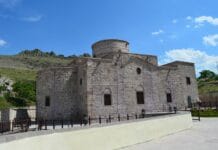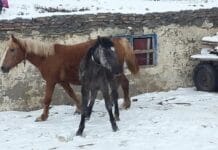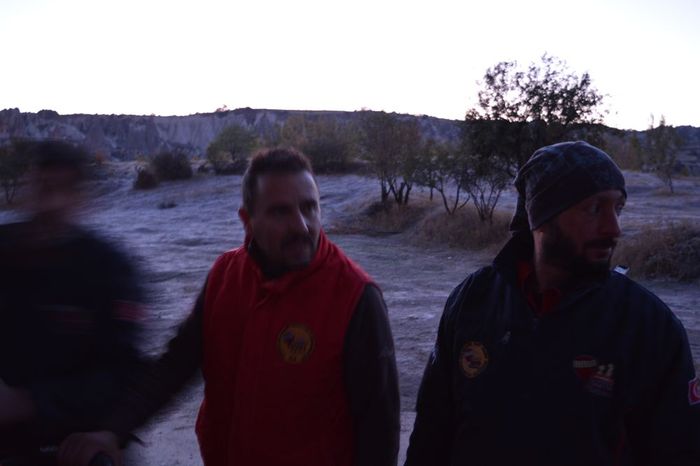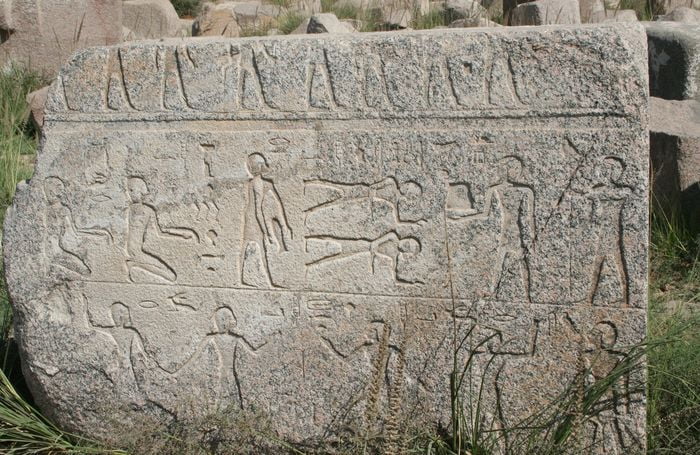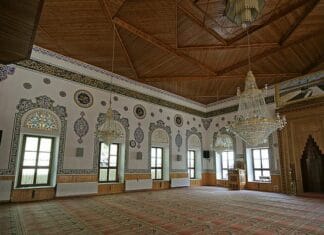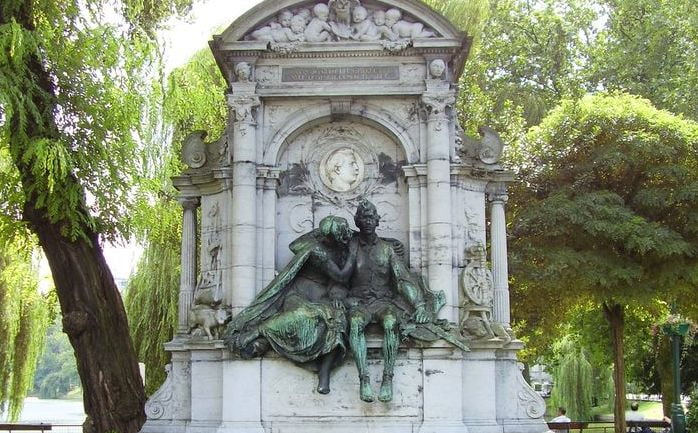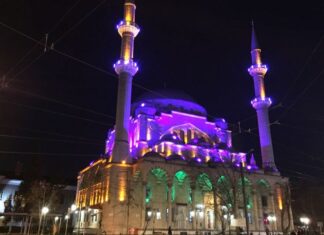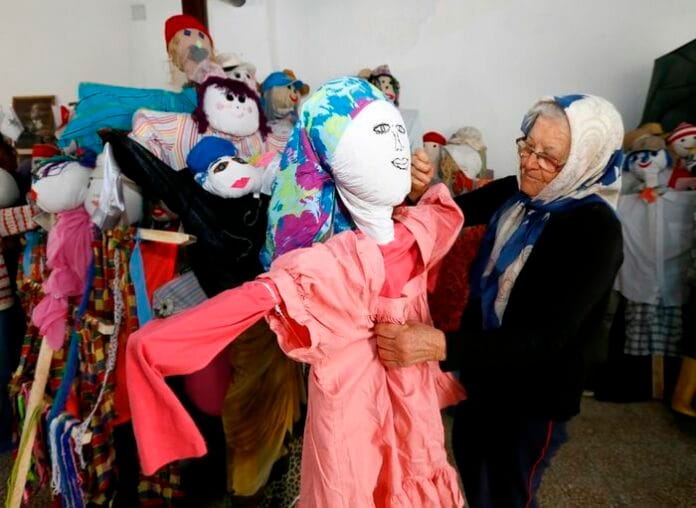
North of the great theater in Ephesus, archaeologists have found the remains of an ancient stadium. An inscription shows that it was rebuilt during the time of Emperor Nero.
Gladiators and Wild Animal Fights
At the east end of the stadium, there was a circular area used for gladiator fights and animal baiting—where wild animals were set against people. This part of the stadium is interesting to people studying the life of the apostle Paul. In 1 Corinthians 15:32, Paul said, “I fought with beasts at Ephesus.” That letter was written while he was in this city The Theater in Ephesus.
Did Paul Really Fight Wild Animals?
It is unlikely that Paul actually fought animals in the arena. First, Paul was a Roman citizen, and Roman citizens were not forced to fight in these events. Such activities were usually for slaves or prisoners. Paul also used his Roman rights to protect himself in other places, like Philippi and Caesarea (see Acts 16:37 and Acts 25:11).
Second, if Paul had really fought wild animals and survived, he probably would have written about that amazing escape in 2 Corinthians 11, and Luke would likely have mentioned it in the Book of Acts. Most likely, Paul was using a metaphor—he may have been talking about people who treated him like wild animals Istanbul Day Trips.
Powerful Friends in High Places
Interestingly, Paul had friends in Ephesus who were important and powerful. In Acts, Luke calls them asiarchs—these were wealthy political leaders in Asia. The first-century writer Strabo said Ephesus was filled with rich and influential people, and many of them served in top positions called asiarchs.
Evidence from Inscriptions
Inscriptions (stone writings) about asiarchs have been found in over 40 cities in Asia. A recent study collected 3,500 inscriptions from Ephesus alone—both old and newly discovered ones. These writings mention 106 different asiarchs, including both men and women.
Christianity and the Roman Empire
Paul’s friendships with these Roman leaders show that, at that time, the Roman Empire was not strongly against Christianity. It also suggests that many wealthy and educated people in Ephesus may have supported Paul or at least did not oppose him.
This could also explain something about the apostle John. If John was later sent away or exiled, it may not have been by order of the Roman emperor. Instead, it could have been a local action by a governor in Asia over a specific issue.

